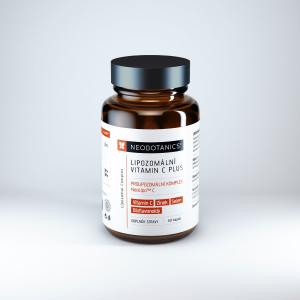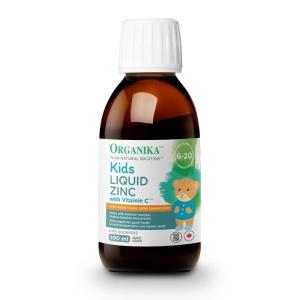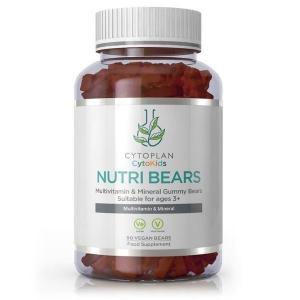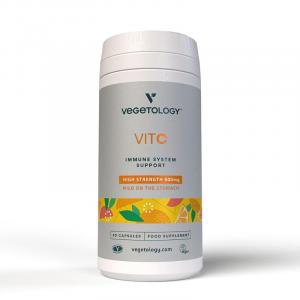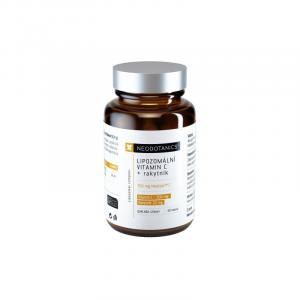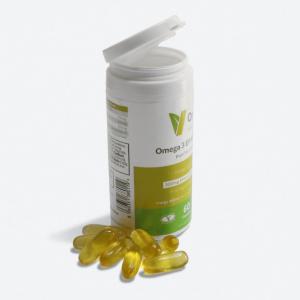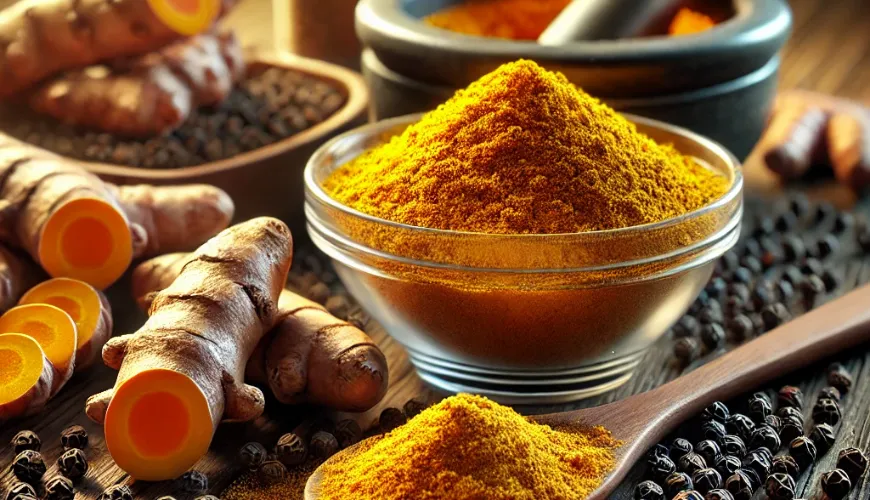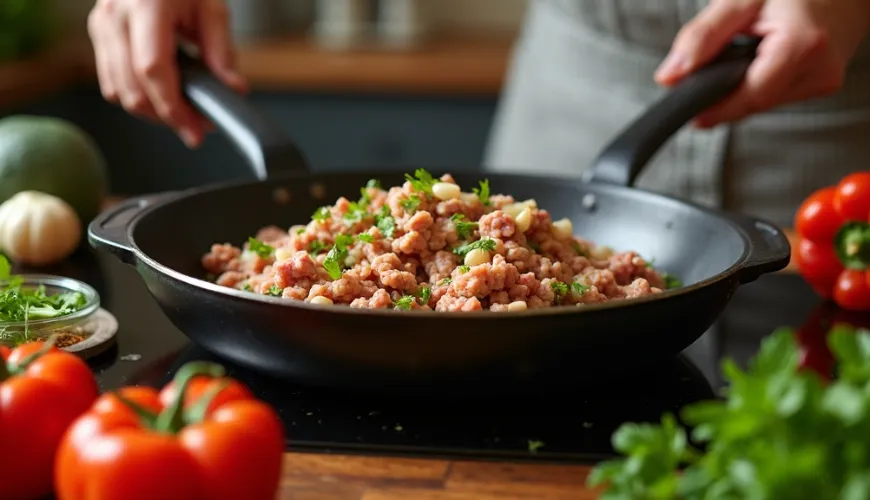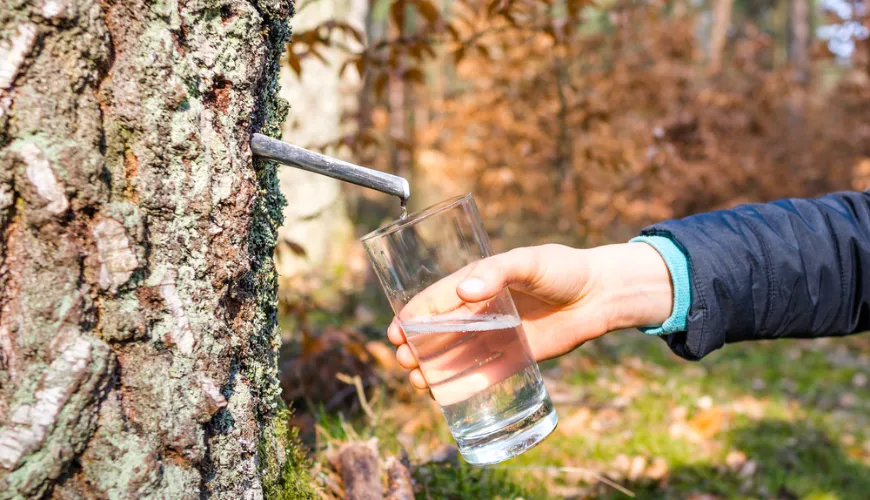
Master the Trick to Peel a Pineapple Like a Pro
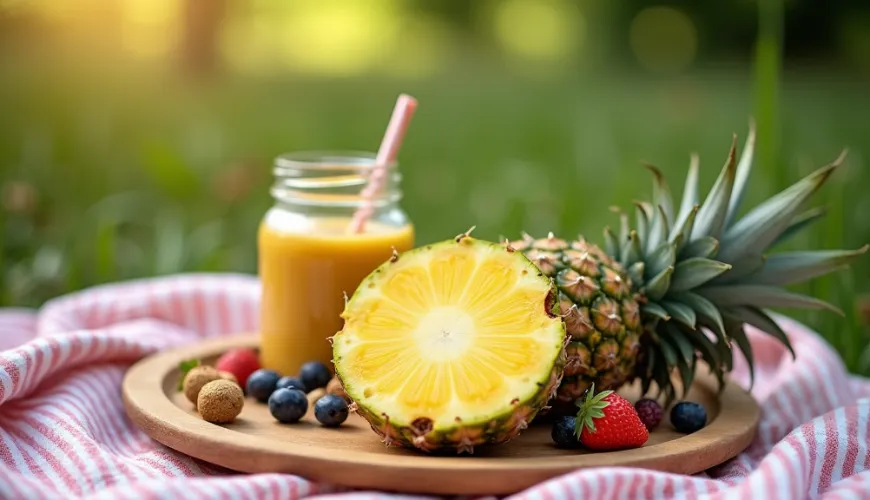
Pineapple on the Plate - How to Peel, Cut, and Enjoy It Without Unnecessary Effort
Pineapple. A tropical fruit that has gained worldwide popularity not only for its sweet and refreshing taste but also for its distinctive appearance. However, it's hard to find another fruit that so many people love yet fear cutting. Anyone who has ever brought home a whole pineapple and stood before it with a knife in hand knows it's not that simple. And that's why the question often arises: how to properly peel a pineapple without losing the juicy fruit or making a mess in the kitchen?
It might be surprising, but there are several proven methods to tackle this tropical wonder. Whether you want to prepare it for grilling, smoothie, salad, or just for snacking, the skill of peeling and cutting a pineapple will definitely come in handy.
Why Does Pineapple Deserve More Than a Can?
In stores, pineapple is commonly available in canned form, sliced into rings or chunks and soaked in a sweet syrup. However, fresh pineapple cannot be compared to the canned one. Besides tasting much more intense and natural, it also contains more vitamins, enzymes, and fiber. The fresh fruit is particularly rich in vitamin C, manganese, and the enzyme bromelain, which aids digestion and has anti-inflammatory effects.
Try our natural products
Moreover, fresh pineapple has no added sugars or preservatives. When you prepare it at home yourself, you know exactly what you're eating – and that counts. But here's the catch: how to peel a pineapple so that only a pulp the size of an egg isn't left?
How to Tell if a Pineapple is Ripe?
Before you even pick up a knife to start peeling or cutting, it's really good to first check if you have a ripe pineapple in front of you. The unripe one tends to be quite hard, tastes sour, and its smell? Almost none – just nothing special. On the contrary, how do you recognize the true, ripe piece? Simply – when you smell it (especially from the bottom part), it should smell pleasantly and sweetly, almost like the tropics in your nose.
When you gently squeeze it, it should be a little soft, but definitely not crumble under your fingers. The surface, that is its skin, plays the main role – it should have a yellowish tone, even with a bit of green, but the yellow must prevail. And one of the best tricks? Try gently pulling on the leaves at the top of the crown – if they come out easily, you've won. It's ripe and ready for cutting, whether you want to eat it alone or throw it into a smoothie.
If you plan to process the pineapple in a few days, you can also buy a less ripe piece – it will ripen at room temperature within two to three days.
The Easiest Way to Peel a Pineapple
Various "miraculous" methods circulate on the internet, suggesting how to dismantle a pineapple without using a knife – from pulling out individual segments to rolling it on the table. Although they may look impressive, in practice, they are far from effective. The most common method is a simple and practical procedure that anyone with a sharp kitchen knife and a cutting board can handle.
- Cut off the top and bottom – lay the pineapple on its side and cut off the crown with leaves and the bottom part. This gives you a stable base to stand the pineapple on.
- Stand the pineapple upright – carefully cut the skin from top to bottom, along the curvature of the fruit. Try to proceed just under the skin to avoid losing too much flesh.
- Remove "eyes" – after peeling, brown spots (eyes) remain in the flesh, which are tough and unpleasant to bite into. The easiest way is to cut them out diagonally in a spiral.
- Cut as needed – you can cut the fruit into quarters and remove the hard central "fleshy core," or leave it if you don't mind. Then just cut into rings, cubes, or slices, as you need.
For those who appreciate kitchen gadgets, there are also special spiral pineapple cutters – they work similarly to a corkscrew and create beautiful rings without skin or core. But even without them, you can manage just fine.
How to Peel Pineapple Easily and Safely
Safety is the most important thing when peeling a pineapple. The skin tends to be slippery and hard, and if the knife isn't sharp enough or firmly controlled, an injury can easily occur. Therefore, it's essential to have a knife with a good blade, hold the fruit firmly, and not rush it. Once you master the right procedure, the whole process takes no longer than five minutes – and you'll need no more cans.
Interestingly, in Central and South America, where pineapple originates, peeling it is considered an art – often, sellers at markets can peel it in just a few seconds, preserving as much pulp as possible and creating elegant spiral patterns. No wonder pineapple is considered a symbol of hospitality there.
Storing and Using Fresh Pineapple
Once the pineapple is peeled and cut, you can store it in the fridge in an airtight container for up to three days. If you don't eat it in time, you can freeze it – either as cubes or puree. And what to do with it next?
Pineapple can be used in many ways – it tastes great in a smoothie with banana and coconut milk, can be tossed on the grill with a bit of honey and lime, and refreshes a salad with avocado and quinoa. Surprisingly, it finds its place on homemade pizza and works as a secret weapon in marinades, as bromelain tenderizes meat nicely. And when it comes down to it, there's nothing better than having pineapple just as it is – fresh, juicy, and perfectly summery.
And perhaps it's worth mentioning a lesser-known fact: pineapple skin can be used to make homemade lemonade or a fermented drink called tepache, which originates from Mexico. Just boil the skins with water, a little sugar, and let it ferment for a few days – resulting in a lightly sparkling, tangy drink full of probiotics.
Not Everything That Glitters is Pineapple
When buying pineapple, it's good to pay attention to its origin. Most commonly sold fruits come from large-scale production in Latin America, where pesticides and unsustainable farming practices are often used. If you want to support a more sustainable way of farming, look for fruits labeled Fair Trade or Organic. Not only will you contribute to fairer conditions for farmers, but you'll often get tastier fruit as well.
A good example is the situation in the Slovak town of Banská Štiavnica, where a local café decided to switch exclusively to organic pineapple from Costa Rica. The result? Better taste, less waste, and increased customer interest in the origin of ingredients. As the café owner says: "When the fruit travels halfway across the world, it's good to make it worth it."
And that's precisely why it's worth knowing how best to peel a pineapple – because when we indulge in this tropical treat, why not prepare it with respect, skill, and minimal waste?
Knowing how to handle a pineapple is a small kitchen victory that brings a big reward. Whether you have it as a healthy snack, part of an exotic dessert, or an unusual ingredient in savory dishes, fresh pineapple always delights – if you know how to handle it.
